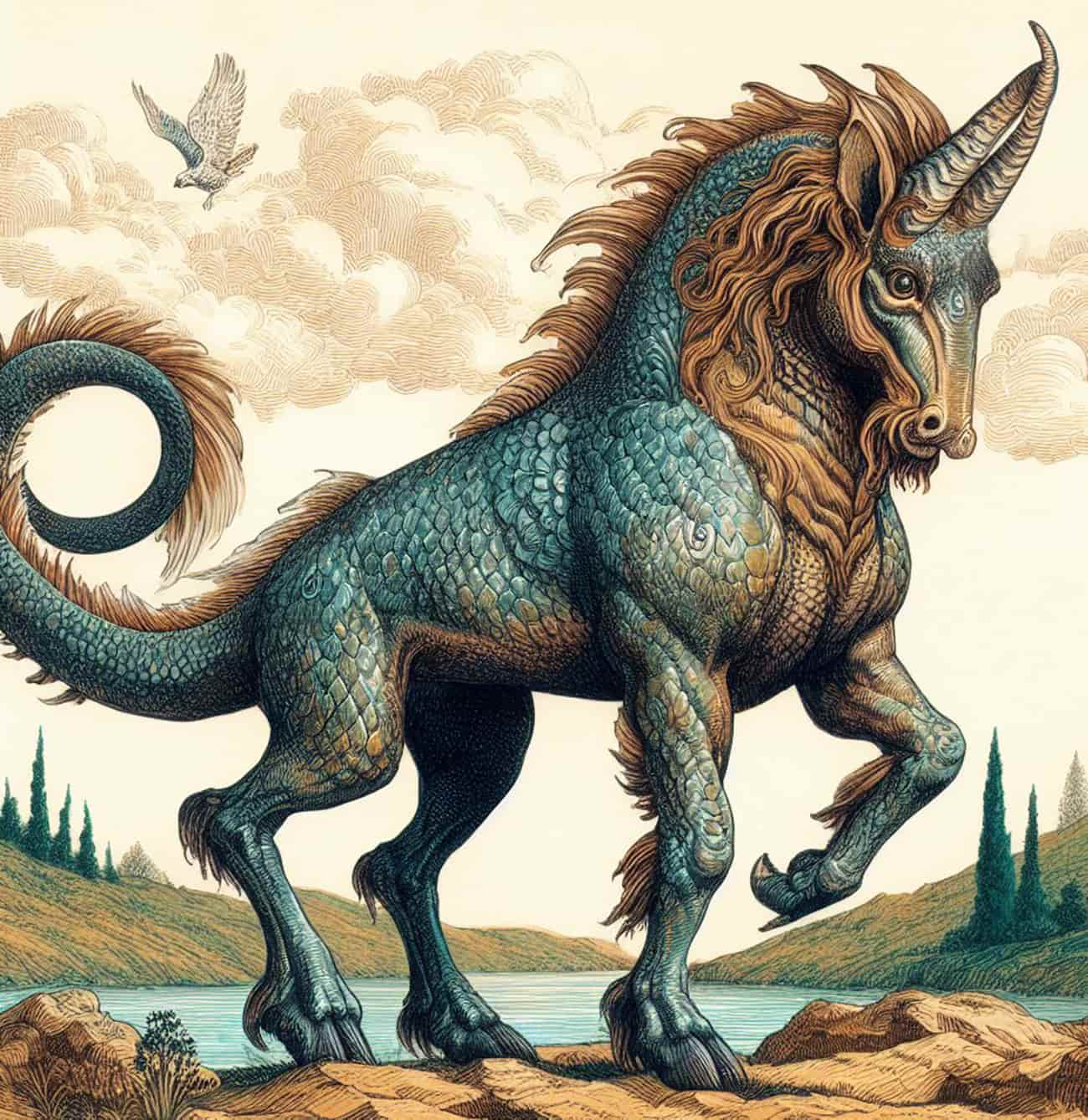Indrik: A Unicorn-esque Mythical Creature in Slavic Legends
The Indrik's legendary appearance probably derives from the mammoth, a massive beast that lives below earth.

The Indrik's legendary appearance probably derives from the mammoth, a massive beast that lives below earth.

